Learning Center
Explore our educational articles, videos, and guides to help you navigate your homebuying or refinancing journey. Plus, get the latest housing news and trends.
Categories:
- Homebuyers
- Homeowners
- Housing News
- Inclusive Lending
- Guides
- Videos
Featured Articles
Housing News
Homeownership Helps Fuel the Rise of 'Everyday Millionaires'
June 25, 2025
Homeownership helped to turn more Americans into "everyday millionaires" with seven-figures to their name.
Housing News
Home Sales Set to Increase as Mortgage Rates Continue to Fall
June 26, 2025
The summer housing market is getting hot—and it’s not just thanks to the heat dome blanketing much of the country.
Mortgage Calculator
Are you curious about how much home you can afford? We make it easy.




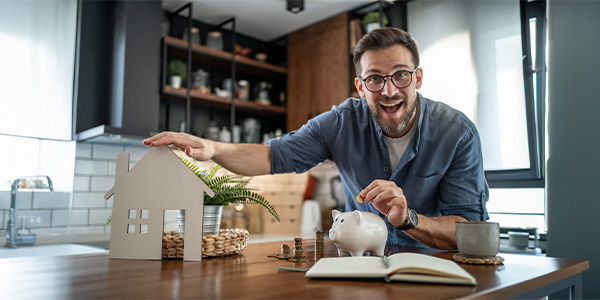

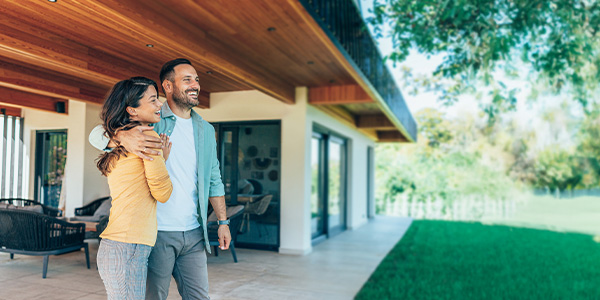



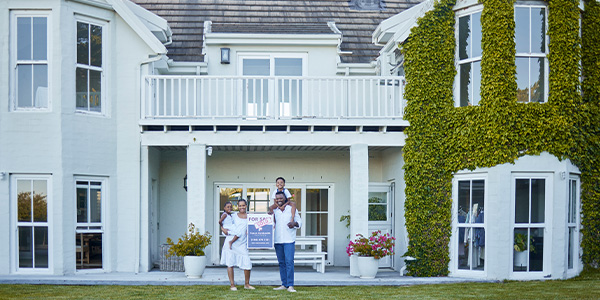


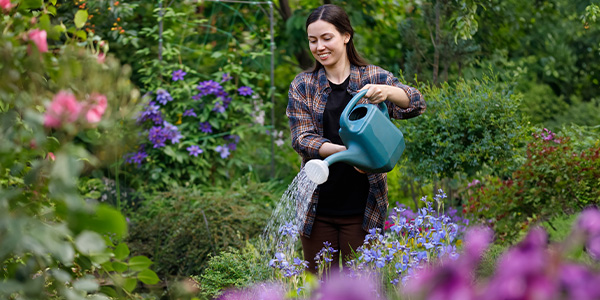
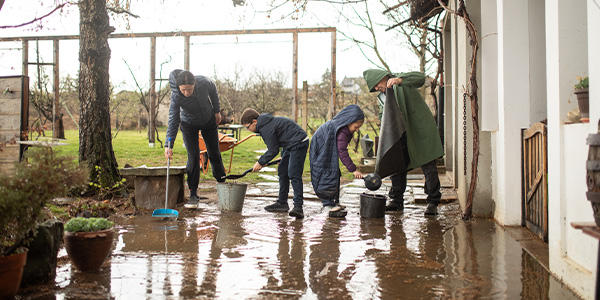

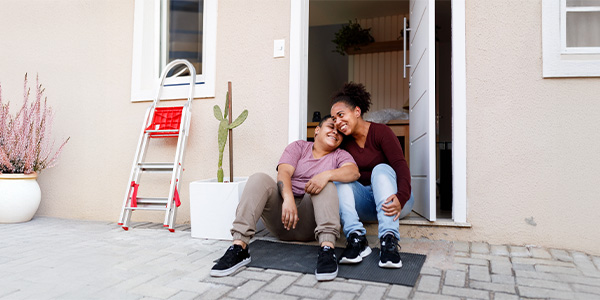
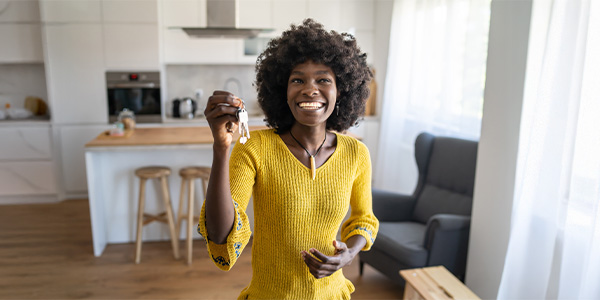








 Smart Moves Start Here.
Smart Moves Start Here.